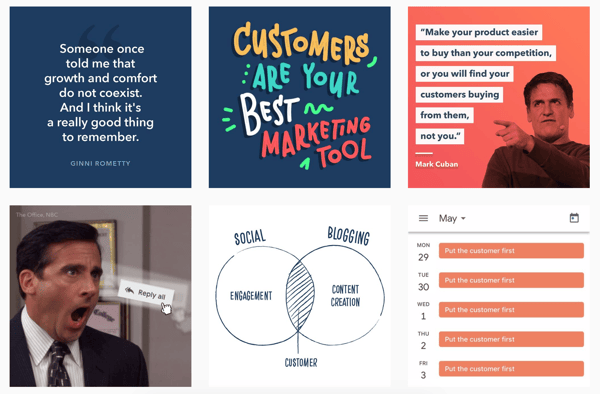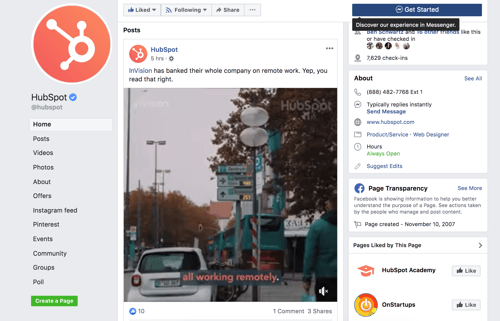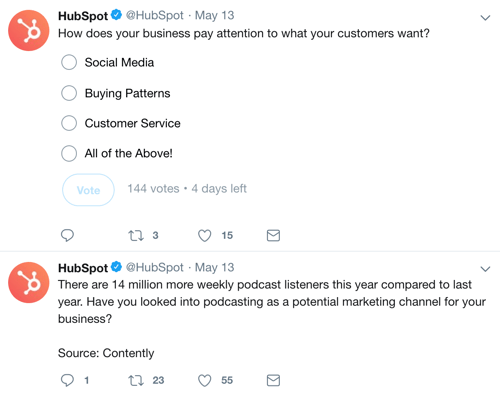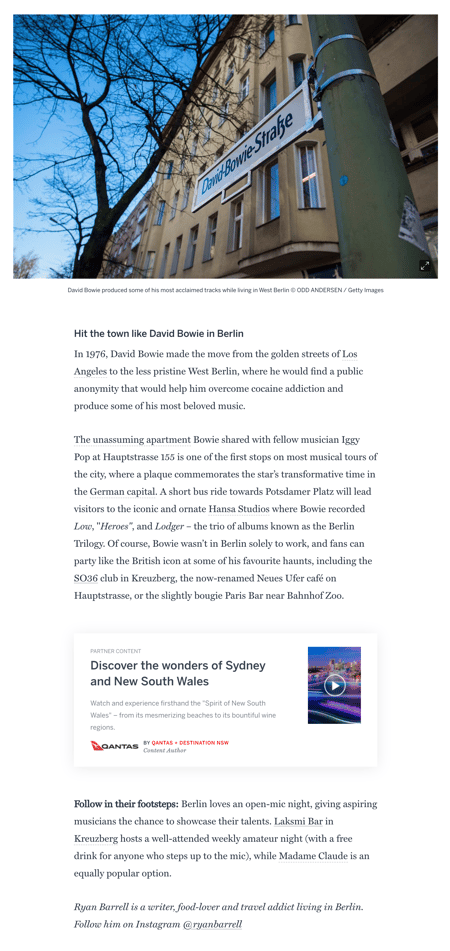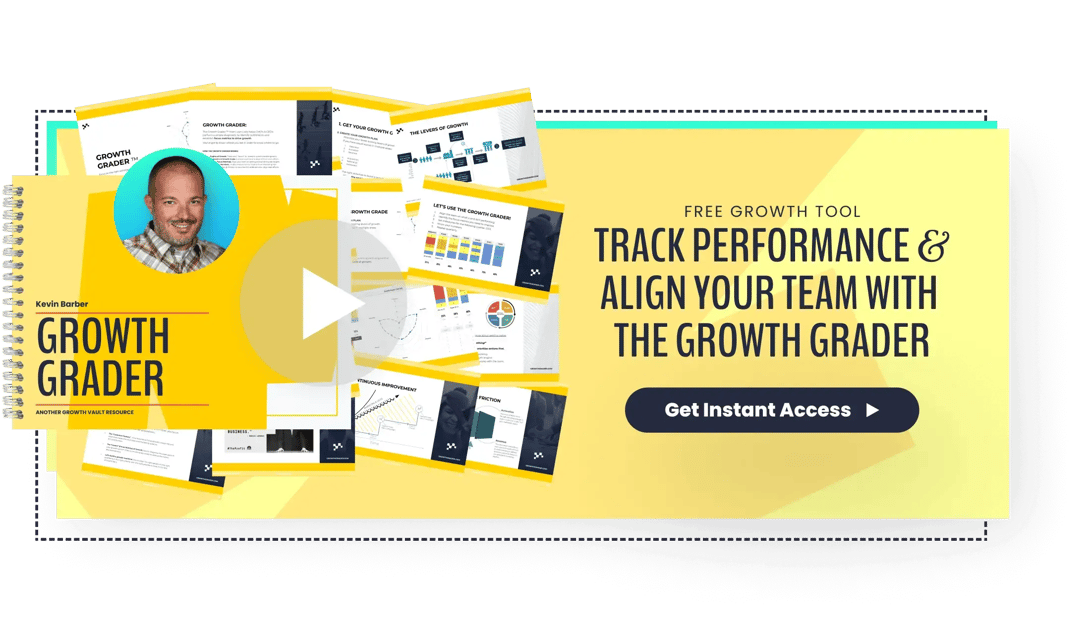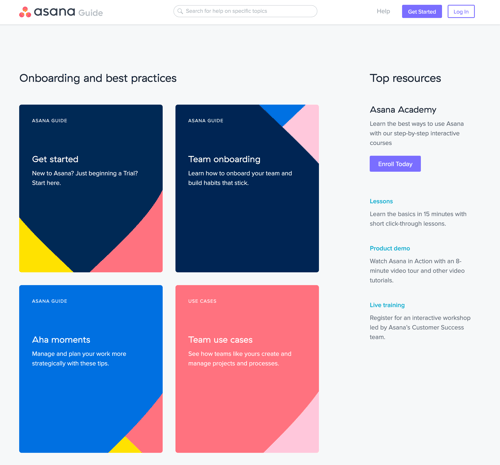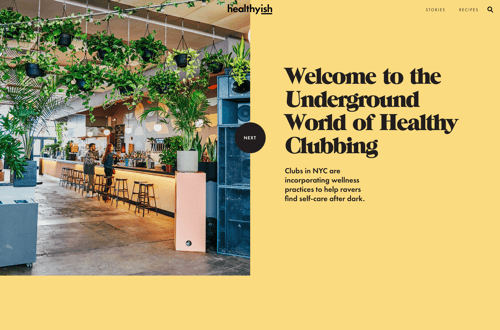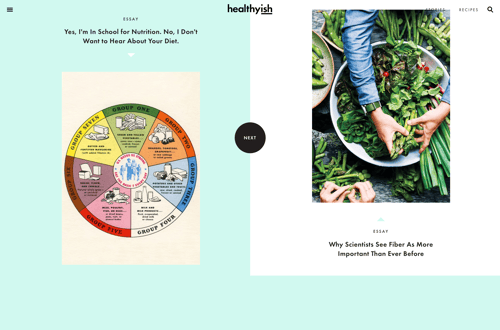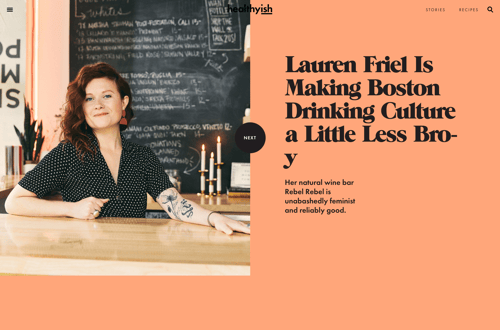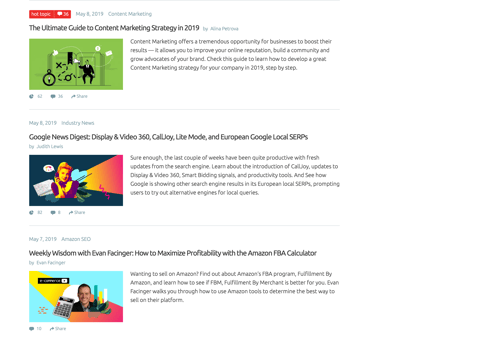In my experience, content creation is similar to getting into shape.
When you start, it's challenging to squeeze in time to go to the gym, choose carrots over chips, and maintain a regular exercise routine. But if you can stick to healthier habits, you'll eventually hit your stride, and in time, making better choices will feel natural.
However, it takes a lot of time to master those things. And it's similar to brands that are trying to commit to content marketing. If you stick with it, you'll eventually master it and get rewarded for your efforts. In the short-term, all you can do is make every content asset better than the last.
And thankfully, since there are so many brands already crushing content marketing, there are a ton existing examples of exceptional content out there. There are a ton of insights to be gleamed from that content, which you can easily apply it to your own initiatives.
VIDEO TRAINING
Get The Growth Marketing Playbook.
Learn to plan, budget, and accelerate growth with our exclusive video series. You’ll discover:
- The 5 phases of profitable growth
- 12 core assets all high-growth companies have
- Difference between mediocre marketing and meteoric campaigns
Thanks for submitting the form!
We'll review the information you've submitted and respond to you just as soon as possible.
6 Engaging Content Examples That Will Make You Rethink Your Content
Since it can take a long time to hit your stride with content marketing, it's important to consistently work on improving the quality of your content. You want every post to be designed with the customer in mind.
Here at Lean Labs, we employ a customer-centric approach in all of our marketing initiatives, and it's the backbone of our entire business. You can read more about that approach here.
Personally, in my efforts to produce customer-centric content, I'm always bookmarking examples of great content to inspire me later. Here are some engaging content examples I've bookmarked recently, why they're so good, and what you can do to replicate it for your brand.
1. Content From Literally Every HubSpot Channel
When it comes to exceptional B2B content, HubSpot is always my go-to example. Because you'll never see the same post on their Facebook and LinkedIn. If you compare all of their channels, you'll notice how they curate different material for every platform.
For example, they always post motivational quotes and marketing tips on their Instagram channel.
The HubSpot Facebook page has special events, videos, and groups.
And HubSpot's Twitter has statistics, polls, and quotes.
It's not an accident. HubSpot is always experimenting with new content across its channels, which comes frequent trial, error, and optimization. You can take the same approach with your content, creating material for every channel, studying the results, and making iterations over time.
2. Lonely Planet ARTICLES WITH Interesting, Witty Headlines
The travel industry is a crowded space. And there are only so many articles you can write about visiting the Eiffel Tower or places to get goulash in Budapest. On top of that, there are a ton of publications out there, such as Conde Nast, National Geographic, and Frommer's competing for space.
Because of this, despite having good content, before this past year, Lonely Planet never stood out to me.
However, I've noticed a significant change in Lonely Planet’s titles, article topics, and social copy. They have witter headlines and much more unique material than such as:
I love the last article because it provides an in-depth look at various residents in awesome travel locations, such as Diego Rivera in Mexico City, Gwendolyn Brooks in Chicago, and David Bowie in Berlin.
All of the material is still travel related, but much more specific and interesting.
If you've already got killer content, you can borrow this approach by making sure your blog titles are the best they can possibly be.
3. Asana’s entire Multi-Stage User Guide
I've noticed that a few brands have nixed the phrase “blog” and instead, have resource or media centers. It’s all the same thing, but going by a different name can position your blog as a resource library, which can serve them even after they become a customer.
Project management tool Asana turns up the traditional blog up a notch with an interactive users guide.
Not only is all of the information really useful for potential Asana users, there's also material for new and current Asana users.
The guide segments their content into sections such as "Get Started," "Team Use Cases," and "Aha Moments."
In my opinion, the ability to create a resource that serves leads and customers separates them from the pack of other project management systems who publish the same type of content for TOFU all the time.
You can take this approach to inspire your next content strategy by creating assets for the buyer's journey. Then, you can make it easier for people in every stage of the buyer's journey to find material on your site.
4. Endless content from Bon Appetit’s “Healthyish” Niche
Bon Appetit Magazine has always had great online content, but they struck gold with a sub-site called "Healthyish".
Healthyish covers more specific areas of foodie culture, such as health trends, specialty products (like vegan butter), and conversational pieces about whether or not you should buy organic.
The content isn't for their entire audience, so having the sub-site makes sense. They can publish content to a specific niche on Healthyish and still serve up the same recipes, stories, and interviews for their wider community (no pun intended.)
If you have an opportunity to build out a niche of material for a specific segment of your audience, it can help you deliver more interesting and useful content.
5. Later.com’s Instagram FOCUSED ARTICLES
Later is an Instagram marketing platform, so it's not really a surprise that their content focuses on one thing - Instagram. But unlike other marketing tools. Later.com resists the urge to try to talk about social media marketing as a whole, and solely focuses on Instagram.
For brands that want to make a strong investment in Instagram, Later.com has all of the material they need to develop and execute a strategy for that one platform. The content is a win because it has a laser focus on what their customer really wants.
When you're building out your next content strategy, take a page out of Later.com's playbook, and evaluate whether or not you're actually publishing content that your ideal customer finds value in.
6. SEMrush ARTICLES WITH STELLAR FEATURED IMAGES AND DESCRIPTIONS
When you're publishing a blog post, it makes sense to dedicate most of your focus on the article and title.
However, it's almost always the meta description or featured image that helps the visitor decide whether or not they’re going to click. But these smaller aspects of content creation are often neglected.
SEMrush pays very close attention to the images and descriptions of their blog content. Not only will this help when they distribute content to social platforms, it helps them organize content on their site.
If you look at their exceptional blog, you'll find neat rows of content with engaging illustrations, titles, and descriptions. For you, adopting this should be easy. Spend more time choosing your blog images and crafting your meta descriptions.
Getting The Best Possible ROI From Content
At the end of the day, you need your content to get results. And the best chance you have to gain that ROI is with high-quality, highly engaging content like the examples above. With that kind of content, as well as a killer marketing strategy and system to execute, you can get the best possible ROI from everything you create.

